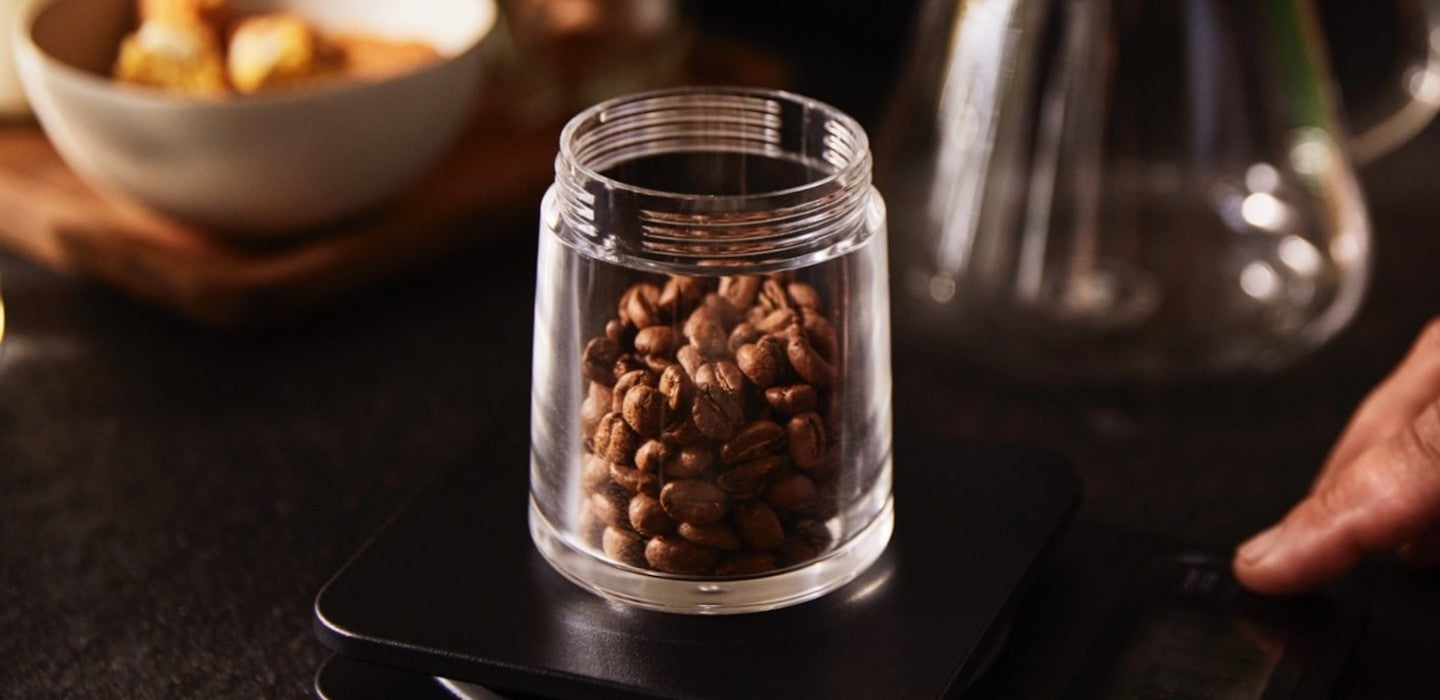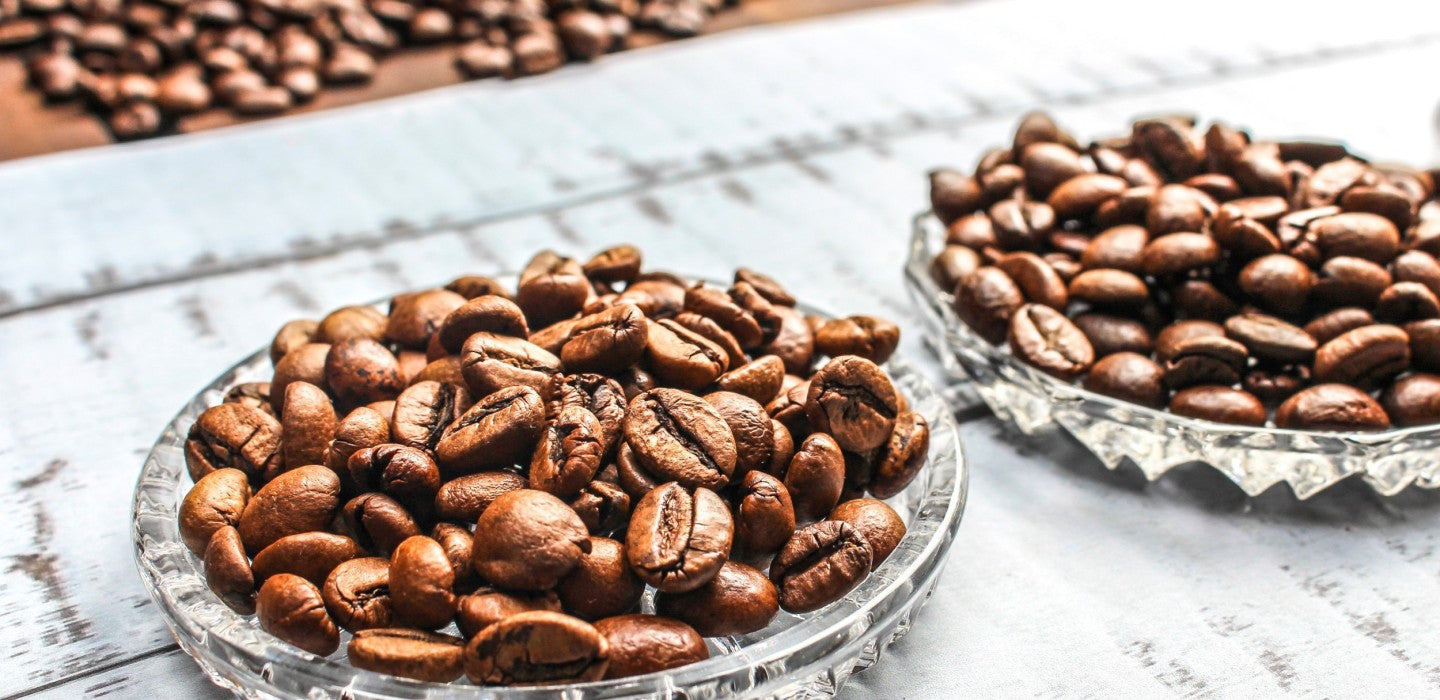Blend Coffee: The Art and Science Behind Your Favourite Brew
The intriguing aroma, the bold or subtle taste notes, and the hint of mystery in every sip — the world of coffee is nothing short of an enigma. One term that frequently emerges amidst coffee discussions is 'Blend,' a concept that reaches the heart of this diverse beverage. This comprehensive piece will strip down the concept of blend coffee to its absolute core, ensuring that the world of coffee becomes a little more tangible for you, one cup at a time.
Unraveling Blend Coffee
The Essence of Blend: A Melange of Flavours
In its most basic form, 'Blend' is an English term for 'mixture,' precisely denoting a harmon combination of various coffee types. It aims to round off the brew, bringing together coffees that complement each other, resulting in a balanced culmination of flavours. A typical blend often includes coffee beans roasted at different levels, further highlighting its layered complexity.
The Significance and Popularity of Coffee Blends
A key reason behind the prevalence of blends is capacity to maintain a consistent taste throughout seasons. Coffee beans, even of the same type, can exhibit varying aromas from one season to another. With a blend, you can highlight the positive traits of a certain variety and mask the negative ones with the help of another, establishing a unique flavour combination.
Large chains strive to develop signature blends — a unique taste that distinguishes them from competitors and is remarkably consistent across all outlets. Occasionally, blends facilitate cost reduction, as beans of lesser quality can be incorporated without drastically affecting the overall flavor.
Composition of a Blend: Arabica and Robusta
At the core of most blends, you will find two star players — Arabica and Robusta beans. These coffee types are frequently mixed and matched to create that capture their defining characteristics. Robusta's stronger, earthy flavour, and excellent crema-forming ability makes it a great companion to the smoother and more aromatic Arabica, especially in espresso blends. However, blends are also created with either solely Arabica or Robusta beans, each offering a universe of possible pairings within their types.
Blend vs Single Origin: Understanding the Difference
A single origin coffee consists only of beans sourced from the same growing region, uncompromised by the addition of beans from other coffee types. They are typically roasted more lightly than blends, allowing the unique flavour nuances to shine through.
The Blending Process: Before or After Roasting?
The beans in a blend can be mixed either pre- or post-roasting. Pre-roasting blending results in a deeper overall coffee flavour, while post-roasting blending directly and immediately impacts the taste. Mastering the art of blending requires a rich experience in the craft of coffee roasting, necessitating many trial blends to perfectly balance complementing and contrasting flavours.
This rich exploration of blend coffee equips you with the understanding to appreciate the complexity behind the cup of your favourite brew. In the world of coffee, 'Blend' is not merely a word, but an invitation to the vast possibilities of coffee flavours skillfully curated for you. We hope this detailed explanation serves to deepen your love for blend coffee, keeping you informed about what makes each cup special.
So the next time you enjoy your coffee, remember that each sip is a product of meticulous coffee roasting and blending processes, each contributing to the unique flavour profile of your drink. To that end, every cup of blended coffee is a celebration of diversity and harmony, much like a beautiful symphony in a cup.


Leave a comment
This site is protected by hCaptcha and the hCaptcha Privacy Policy and Terms of Service apply.